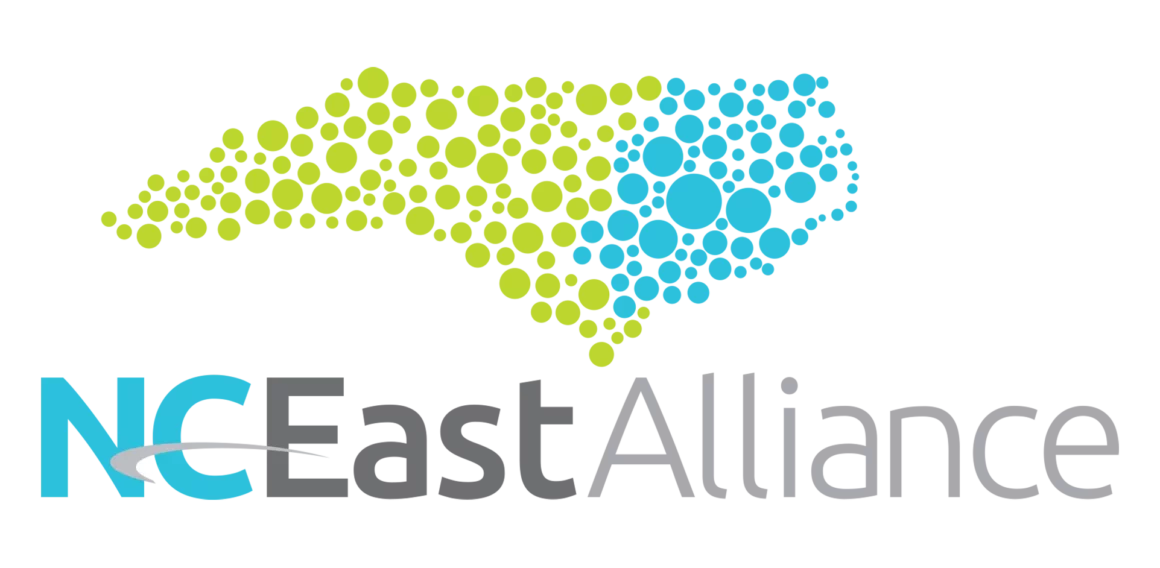Manufacturing and distribution (M&D) companies were particularly excited for Congress to arrive with tax extenders this holiday season because the package was so generous last year, and their holiday haul did not disappoint. The following are among the biggest, shiniest tax extenders M&D companies found under the tree this year.
The holiday season is here once again and good taxpayers have been eagerly awaiting decisions from Congress to bring bundles of tax extenders and joy. As was the case last year, and as many analysts predicted, Congress arrived just in the nick of time to extend tax provisions, bringing tidings of fiscal cheer. The bill, which was unveiled after weeks of negotiation, is expected to provide about $650 billion in total tax relief.
Manufacturing and distribution (M&D) companies were particularly excited for Congress to arrive with tax extenders this holiday season because the package was so generous last year, and their holiday haul did not disappoint. The following are among the biggest, shiniest tax extenders M&D companies found under the tree this year.
- The WOTC, which Congress renewed for five years, is projected to cost the Federal government $1.4 billion in treasury revenues over a 10-year budget window, making it one of the more expensive tax extenders in Congress’ bundle.(1)
- The WOTC is a non-refundable wage credit intended to increase job opportunities for certain categories of disadvantaged individuals. WOTC-eligible hires include certain welfare recipients, ex-felons and veterans.(2)
- For most eligible hires that remain on a company’s payroll for at least 400 hours, an employer can claim an income tax credit equal to 40 percent of wages paid during the worker’s first year of employment up to a certain wage maximum.(3) For example, the wage maximum for most WOTC-eligible hires is $6,000, for a total credit of $2,400, but the wage maximum can be much higher for certain veteran workers.(4)
- Recent studies have shown that the WOTC increased wage income of disabled veterans and increased employment among long-term welfare recipients overall.(5)
2. Section 179 Expensing Limitations – Code section 179
- Section 179 is a mechanism by which smaller companies are able to expense (deduct immediately) the cost of investments in equipment rather than depreciate them over time. The Section 179 provision in this year’s package permanently extends the 2010-2014 small business expensing limitations and phase-out amounts.
- Many had debated whether the stimulus was necessary to keep around. Small businesses can breathe a sigh of relief now that the higher thresholds, at $500,000 and $2 million, have been made permanent.
- Once a company’s investment reaches at least $2 million, the amount eligible is reduced dollar-for-dollar for investments in equipment over $2 million, up to the investment amount of $500,000.(6) Thus, once a company’s investment reaches $2.5 million, no deduction is allowed.
- Previously, the threshold had been $25,000 with a phase-out beginning at $200,000 (i.e., no deduction would be allowed when investment is over $225,000).
3. Research and Development Credit (“R&D Credit”) – Code section 41
- Perhaps the most positive portion of this year’s extender package is Congress’ permanent extension of the R&D Credit tax provision. Long in existence, it had previously been extended numerous times, lapsed for one year and even been extended retroactively.(7)
- Generally, the R&D Credit provides an income tax credit for a certain amount by which qualified research expenses exceed a base amount.(8)
- There are typically two different methods for calculating the R&D Credit: one determines the base amount using gross receipts(9) and the other determines the base amount using a three-year lookback for average R&D spending.(10)
- Qualified research expenses must be experimental for the purpose of discovering information that is technological in nature and used in the development of a new or improved product, process, computer software technique, formula or invention that is to be leased, licensed or used by the company.(11)
- The only thing holding the R&D credit back from a permanent extension had been its hefty price tag of nearly $180 billion. Both parties, as well as most economists, agree that there is an economic justification for subsidizing R&D spending. Studies show that not only does R&D spending benefit the private firm in terms of return from innovation but it also seems to benefit society as a whole.(12) From the perspective of a private firm, there is no way to capture the entire return from innovation because such innovation will provide valuable information to others in the marketplace who will exploit it, regardless of patents and secrecy. The R&D Credit seems to compensate innovative taxpayers for the loss of that return.
- Looking forward, with the credit’s annual uncertainty gone, companies will be able to engage in better long-term planning for research projects, which can only increase the credit’s effectiveness.
This year, manufacturers hung their stockings by the chimney with care in hopes that Congress’ tax package would bring a few shiny new gifts. While the bill brought a number of fiscal treats, it also ripped off a few economic bandages that had benefitted manufacturers, like bonus depreciation.
However, the removal of short-term economic stimuli serves as a bellwether of the nation’s stronger economic footing. With that in mind, and these tax provisions get checked off their wish lists, manufacturers can be well on their way to feeling the holiday cheer all year long.
Source: industryweek.com
1 CRS Report R43510, Selected Recently Expired Business Tax Provisions (“Tax Extenders”), by Jane G. Gravelle, Donald J. Marples and Molly F. Sherlock; Table I., page 2.
2 IRC §51(d)(1)(A) through (I).
3 IRC §51(a) and IRC §51(i)(3)(A).
4 IRC §51(b)(3).
5 IRC §51(a) and IRC §51(i)(3)(A).
6 IRC §179(b)(2)(B).
7 CRS Report R43510, Selected Recently Expired Business Tax Provisions (“Tax Extenders”), by Jane G. Gravelle, Donald J. Marples and Molly F. Sherlock; page 18.
8 IRC §41(a)(1).
9 The “fixed-base percentage method,” which applies by default under IRC §41(a).
10 The “alternative simplified method” under IRC §41(c)(5).
11 Treasury Regulation §1.41-4(a).
12 IRC §41(b)(3).
